Winter and the Moon of the (highly anticipated) New Year
Tuesday gratefuls: The great conjunction of Jupiter-Saturn. Bertilak de Hautdesert. Gawain. Morgan Le Fay. Arthur. The Celts. Germans. Swiss. English. Irish. Joseph’s new job. Hawai’i. Maps. Friends.
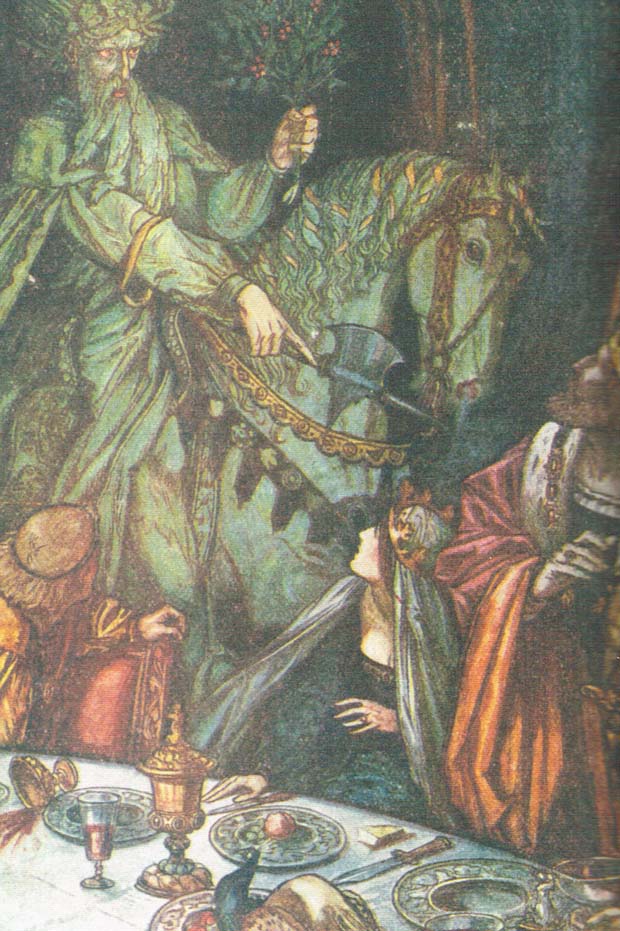
Sir Gawain and the Green Knight summary.* This long poem is part of the Arthurian tales, perhaps the best known outside of Malory’s Le Morte D’Arthur.
The Green Knight is the most important figure in the poem for our Solstice purposes. Sir Gawain takes on the heavy burden of showing the contradictions between courtly love and chivalry. His role is less significant for Solstice thoughts.
Here a few lines from the poem itself.
“Great wonder of the knight
Folk had in hall, I ween,
Full fierce he was to sight,
And over all bright green.
the hair of the horse’s head was of green, and his fair, flowing locks clung about his shoulders; and a great beard like a bush hung over his breast, and with his noble hair was cut evenly all round above his elbows, and the lower part of his sleeves was fastened like a king’s mantle. The horse’s mane was crisped and gemmed with many a knot, and folded in with gold thread about the fair green with ever a fillet of hair and one of gold, and his tail and head were intertwisted with gold in the same manner, and bound with a band of bright green, and decked with costly stones and tied with a tight knot above; and about them were ringing many full bright bells of burnished gold. Such a horse or his rider were never seen in that hall before…” wayback machine
He and the horse he rode in on. Green. Green. Green.
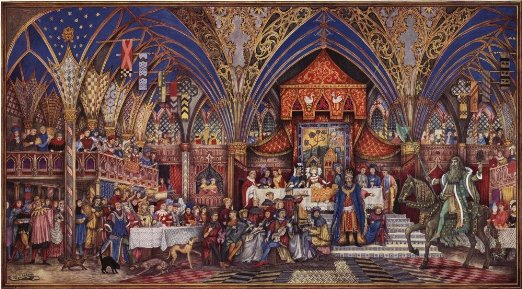
At Camelot the great New Year’s feast only awaits the exchanging of gifts to begin. The knights of the round table, Arthur, and Guinevere sit at long trencher tables, chatting and drinking. Their anticipation fades when a commotion erupts. A knight on horseback has ridden into the hall on his horse.
Arthur, not wanting Camelot to look cowardly, agrees to the Green Knight’s challenge after silence in the hall. Cut off his head tonight. In a year and a day find him and offer your neck in return.
Sir Gawain, not wanting Arthur to put his kingship at stake, takes his place. Off comes the Green Knight’s head. It rolls toward the head table and after a bit of searching the green, headless body finds it, and jumps gracefully back on his saddle.
On New Year’s day a year hence Gawain, after a long search starting on All Saint’s Day, finds the Green Chapel. I am known as the Green Chapel Knight, he told Gawain.
The Green Chapel though is no church building. It’s a green mound with openings, like a burial mound. The Green Knight appears.
After three swings, two missed, and one knick on the neck, the Green Knight declares Gawain’s pledge satisfied.
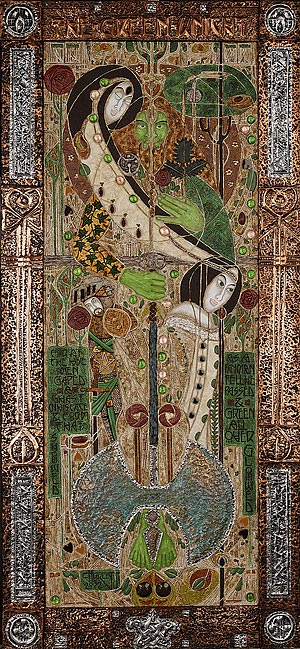 I see two related, but different, relationships to the Winter Solstice in this story. The first, perhaps obvious, perhaps not, concerns the turning of the Great Wheel.
I see two related, but different, relationships to the Winter Solstice in this story. The first, perhaps obvious, perhaps not, concerns the turning of the Great Wheel.
The Green Knight comes to the festive hall on New Year’s eve, not long after the Solstice. The world is still cold. The sun low. Plant life browned and enervated. Chopping off the head of the Green Knight corresponds to the harvest. Even after losing his head, his body, his roots, can find it. He lives yet. Just as plants whose bowed stalks and brown leaves live on underground, ready with stored food for the coming of spring.
All the eating, even the feasting, of the fallow time cannot kill the vegetative life represented by the Green Knight. On the Solstice we stay in the depths, in the darkness, but we also know that on the coming night the light will begin to overtake it. Slowly. Gradually. Until all the Green Heads previously fallen pick themselves up again.
The second correspondence concerns Morgan Le Fay, the withered woman contrasted to the fresh young wife of Bertilak de Hautdesert. A witch and half brother of Arthur, it is Morgan Le Fay who turns Bertilak de Hautdesert into the Green Knight.
 Magic. Earth Magic. The green covered burial mound is a chapel. The place of Morgan Le Fay, and the Green Knight may represent the older, nature focused magic, a magic that honored the chaotic reality of the natural world. A magic that confronts the civilized world of revels and knights and governments and agriculture. The organized world. Which can only understand death as finality, not as part of an ongoing cycle.
Magic. Earth Magic. The green covered burial mound is a chapel. The place of Morgan Le Fay, and the Green Knight may represent the older, nature focused magic, a magic that honored the chaotic reality of the natural world. A magic that confronts the civilized world of revels and knights and governments and agriculture. The organized world. Which can only understand death as finality, not as part of an ongoing cycle.
Christianity adopted a linear view of time. You can see it in a world ending second coming somewhere in the distant future. You can see it in the ominous nature of death. A time of testing, of being sorted, wheat from chaff. Fearing death makes sense if eternal judgment awaits.
Earth magic and the vegetative power of renewal that the Green Knight displays remains in the cyclical world of the Great Wheel. Death. Then, life. Life. Then, death. Decomposition and decay as a good, a way of transforming death into a process, a part of the ongoingness of the Great Wheel.
In both of these interpretations a more ancient, wilder world stands against human conceit. Buildings. Honor. Kings. Not necessarily to displace them, but rather to disrupt them. To remind them of the context of their lives.
Whatever layers we create that push away from the natural world: skyscrapers, airplanes, medicine, family and corporate farms, highways and cars, the natural world is always foundational. Inescapable. The necessary in a contingent world.
Maybe this New Year’s, at a feast near you, a Green Knight will ride in on his Green Horse asking you to cut off his head. What will you do?

*The Green Knight came into Arthur’s hall and asked any one of his knights to trade blows.
Sir Gawain accepted this challenge and he was allowed to strike first. He cut off the Green Knight’s head. The latter calmly picked it up and told Gawain to meet him on New Year’s Morning for his turn.
On his way to this meeting, Gawain lodged with a lord and each agreed to give the other what he had obtained during each day of Gawain’s stay. On the first day, when the lord was out hunting, Gawain received a kiss from his wife which was duly passed on. On the second day, he received a brace of kisses which were also passed on. On the third day he was given three kisses and some green lace which would magically protect him, but only the three kisses were passed on.
Having left the lord’s residence, Gawain arrived at the Green Chapel where he was to meet the Green Knight. He knelt for the blow. The Green Knight aimed three blows at Gawain, but the first two did not make contact and the third but lightly cut his neck.
The Green Knight turned out to be the lord with whom he had been staying and he said he would not have cut Gawain at all had the latter told him about the lace. The Green Knight was called Bertilak and he lived at Castle Hutton.
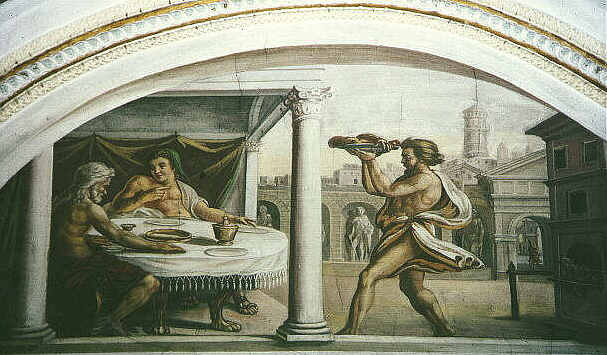
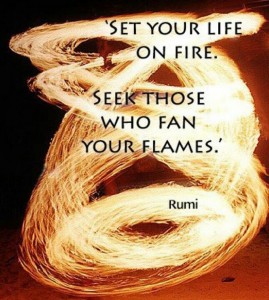 Sæhrímnir, the ever renewing boar of Valhalla, feeds all the einherjar, those Vikings fallen in battle and delivered to the great feasting hall by the Valkyries. He dies each night, is eaten, then revives. In this sense there is some link between the boar and resurrection, much like the einherjar themselves, brought from death to life. The einherjar will join Odin in the great final battle of the gods, Ragnarok.
Sæhrímnir, the ever renewing boar of Valhalla, feeds all the einherjar, those Vikings fallen in battle and delivered to the great feasting hall by the Valkyries. He dies each night, is eaten, then revives. In this sense there is some link between the boar and resurrection, much like the einherjar themselves, brought from death to life. The einherjar will join Odin in the great final battle of the gods, Ragnarok.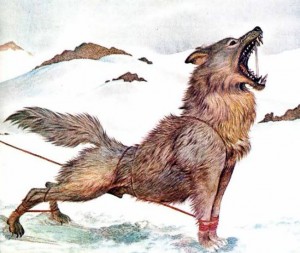 Even pagans have a conflicted relationship with nature. Yes, she provides soil for crops, rain and sun from them to grow, and game to supplement domesticated animals like goats and cows and chickens. But she also had predators in the wild like wolves and game animals like the boar, who killed many hunters.
Even pagans have a conflicted relationship with nature. Yes, she provides soil for crops, rain and sun from them to grow, and game to supplement domesticated animals like goats and cows and chickens. But she also had predators in the wild like wolves and game animals like the boar, who killed many hunters.


 I see two related, but different, relationships to the Winter Solstice in this story. The first, perhaps obvious, perhaps not, concerns the turning of the Great Wheel.
I see two related, but different, relationships to the Winter Solstice in this story. The first, perhaps obvious, perhaps not, concerns the turning of the Great Wheel. Magic. Earth Magic. The green covered burial mound is a chapel. The place of Morgan Le Fay, and the Green Knight may represent the older, nature focused magic, a magic that honored the chaotic reality of the natural world. A magic that confronts the civilized world of revels and knights and governments and agriculture. The organized world. Which can only understand death as finality, not as part of an ongoing cycle.
Magic. Earth Magic. The green covered burial mound is a chapel. The place of Morgan Le Fay, and the Green Knight may represent the older, nature focused magic, a magic that honored the chaotic reality of the natural world. A magic that confronts the civilized world of revels and knights and governments and agriculture. The organized world. Which can only understand death as finality, not as part of an ongoing cycle.

 Darkness need not lead to despair. These depths, this night, this virus, are not static. Just as fecund darkness enriches all plant life in the fallow season, so does the light of creation shine each year to enrich the plants in the green time. We know that because tonight teaches about darkness and its twin, the Summer Solstice, teaches us about light. Both necessary. Like the symbol of the Tao.
Darkness need not lead to despair. These depths, this night, this virus, are not static. Just as fecund darkness enriches all plant life in the fallow season, so does the light of creation shine each year to enrich the plants in the green time. We know that because tonight teaches about darkness and its twin, the Summer Solstice, teaches us about light. Both necessary. Like the symbol of the Tao.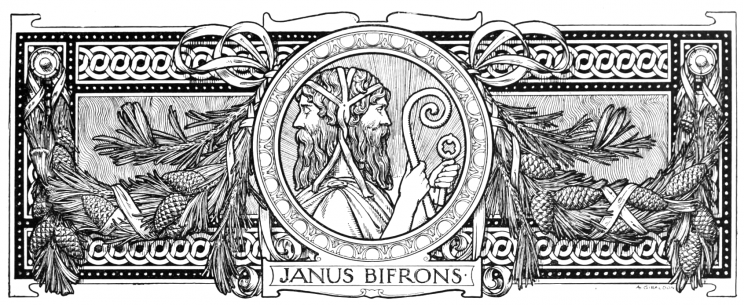
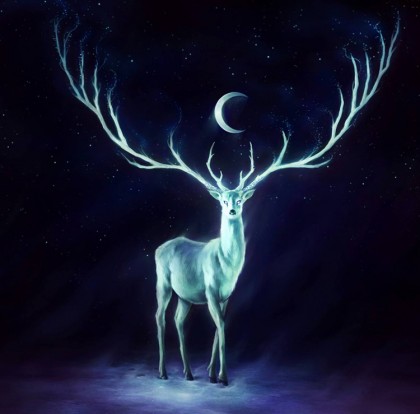 Except. Conifer. Evergreen. Pine. Maybe a Douglas Fir, a soaring Redwood, a Sequoia. A Jackpine. Still green. Yes. These cold fallow days were not all powerful. Even though the sun had begun to disappear, these trees braved the elements. Still green.
Except. Conifer. Evergreen. Pine. Maybe a Douglas Fir, a soaring Redwood, a Sequoia. A Jackpine. Still green. Yes. These cold fallow days were not all powerful. Even though the sun had begun to disappear, these trees braved the elements. Still green.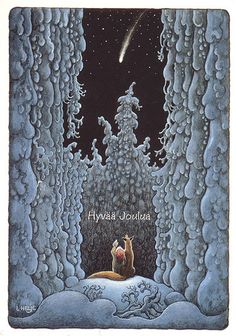 Those Romans. Hey, they were something, weren’t they? Saturnalia. Celebrated Jupiter’s overthrow of his father, Saturn. A new world order. It ran from December 17th to December 24th. A lot of decorating,gift giving, feasting, singing songs, giving each other candles to celebrate the eternal light. No Rudolf or Reindeer. Later on.
Those Romans. Hey, they were something, weren’t they? Saturnalia. Celebrated Jupiter’s overthrow of his father, Saturn. A new world order. It ran from December 17th to December 24th. A lot of decorating,gift giving, feasting, singing songs, giving each other candles to celebrate the eternal light. No Rudolf or Reindeer. Later on.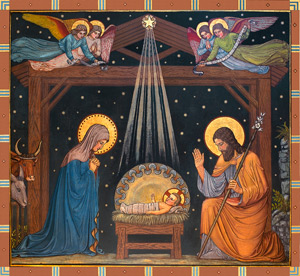

 Whatever the explanation. Once I began to see, and then shed, the totalizing myths I’d been steeped in from birth… Well. I can’t unlearn the fragile and human created nature of them. The scent of fear in them, attempting to make certain an uncertain world. Building meaning for lives out of tissue paper and sealing wax. Like the Catholics who built their English churches over Celtic holy wells. Tried to absorb enough of the Faery Faith to draw the Celts away from their pagan practices. It worked. For a while. As Judaism and Islam work for a while, for many. Zoroastrianism.
Whatever the explanation. Once I began to see, and then shed, the totalizing myths I’d been steeped in from birth… Well. I can’t unlearn the fragile and human created nature of them. The scent of fear in them, attempting to make certain an uncertain world. Building meaning for lives out of tissue paper and sealing wax. Like the Catholics who built their English churches over Celtic holy wells. Tried to absorb enough of the Faery Faith to draw the Celts away from their pagan practices. It worked. For a while. As Judaism and Islam work for a while, for many. Zoroastrianism.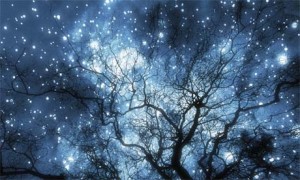 This month though, the time of deepest darkness, has inspired so much wonderful music. Story. Celebration. At least for those of us in the temperate latitudes. And, I revel in it. Going down with the longest night into the well of my soul. Coming out to light an evergreen tree, hang mistletoe, holly and ivy. Santa Claus. Elves. Snow. Cold. Icicles. Sleighs. Horses with halters. Fire up the yule log. Wish I could lift a glass of grog, or ambrosia, or single malt scotch. But, alas no.
This month though, the time of deepest darkness, has inspired so much wonderful music. Story. Celebration. At least for those of us in the temperate latitudes. And, I revel in it. Going down with the longest night into the well of my soul. Coming out to light an evergreen tree, hang mistletoe, holly and ivy. Santa Claus. Elves. Snow. Cold. Icicles. Sleighs. Horses with halters. Fire up the yule log. Wish I could lift a glass of grog, or ambrosia, or single malt scotch. But, alas no.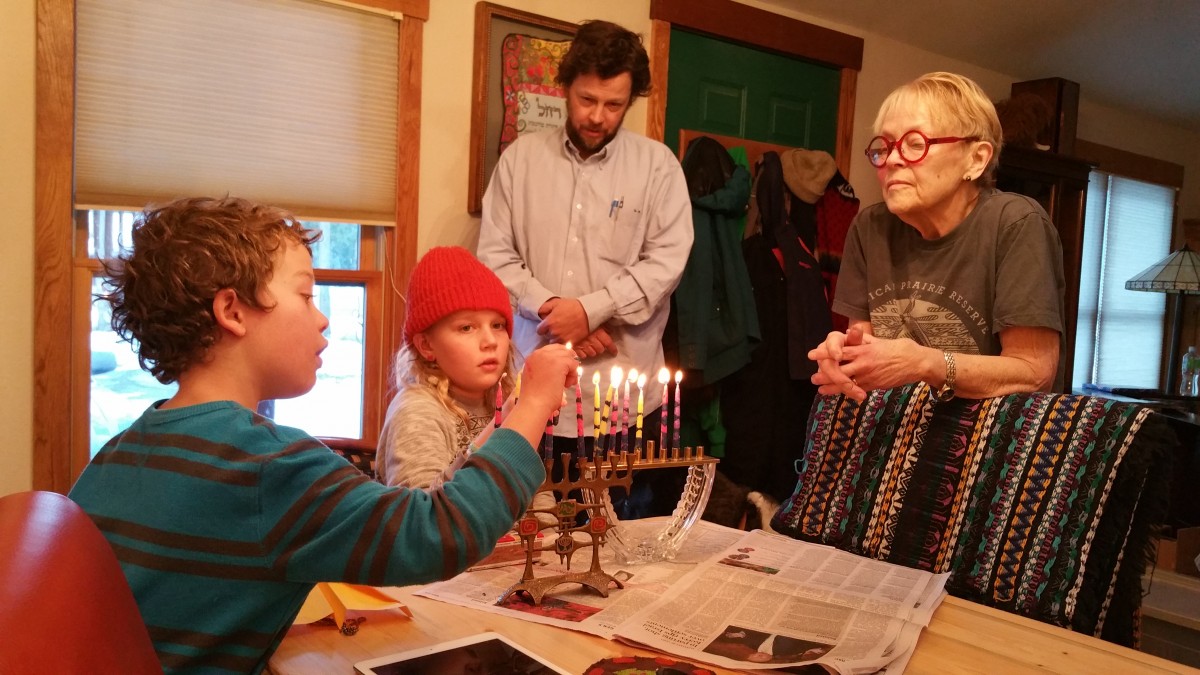
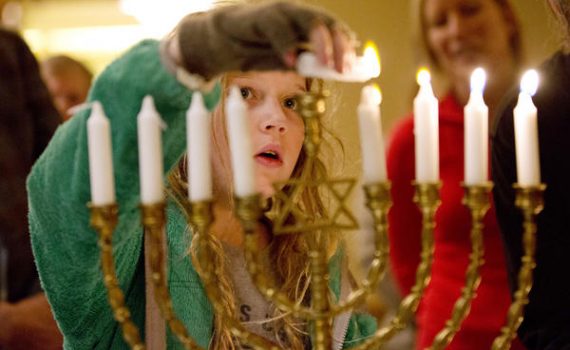


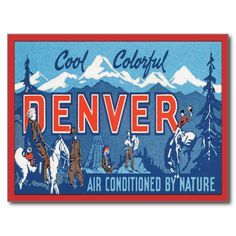 This change in the human population has changed both the physical and political landscapes. The number of hard rock mines here, hard rock mines with toxic runoff and piles of toxic tailings literally dot the mountainous part of the state. After the Indian wars, the settlement of Colorado got a big push from Eastern mining and railroad interests, plus one pulse of gold diggers. Pikes Peak or bust. Most, almost all, busted. There was gold here. And silver. And magnesium. So many minerals that a college, The Colorado School of Mines, has taken a storied place in both the states recent past and mining around the world. The mines, the railroads, even the stockyards that grew up around the ranches and the confluence of north/south rail lines, were not locally owned, nor locally controlled. Colorado was, back then, a vassal state of financiers, industrialists, and railroad owners like James J. Hill.
This change in the human population has changed both the physical and political landscapes. The number of hard rock mines here, hard rock mines with toxic runoff and piles of toxic tailings literally dot the mountainous part of the state. After the Indian wars, the settlement of Colorado got a big push from Eastern mining and railroad interests, plus one pulse of gold diggers. Pikes Peak or bust. Most, almost all, busted. There was gold here. And silver. And magnesium. So many minerals that a college, The Colorado School of Mines, has taken a storied place in both the states recent past and mining around the world. The mines, the railroads, even the stockyards that grew up around the ranches and the confluence of north/south rail lines, were not locally owned, nor locally controlled. Colorado was, back then, a vassal state of financiers, industrialists, and railroad owners like James J. Hill.